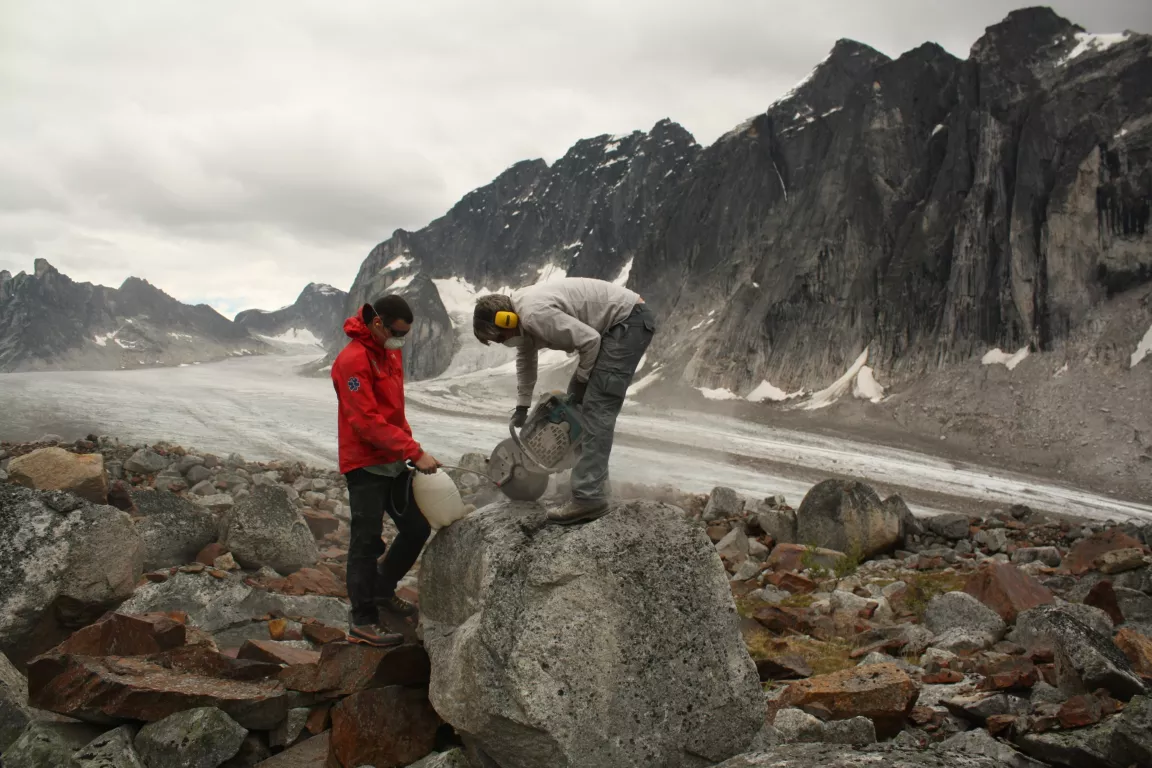Glacier research exposes route that may have been used for southern migration

Glacier experts from the University of Northern British Columbia and The University of Manchester have discovered that the western margin of the Cordilleran ice sheet, that once covered western North America, including all of present-day British Columbia, retreated earlier than previously thought.
The early melting of the western ice margin exposed numerous islands that could have been used by early people migrating southwards. These findings, entitled Retreat of the Western Cordilleran Ice Sheet Margin During the Last Deglaciation, were recently published in the journal, Geophysical Research Letters.
Dr. Christopher Darvill from the University of Manchester’s Department of Geography and a former UNBC post-doctoral fellow is the lead author on the paper. Another of the paper’s co-authors is UNBC Geography Professor Dr. Brian Menounos, a Canada Research Chair in Glacial Change. The research team also included scientists from Tulane University, the University of the Fraser Valley and Purdue University.
In addition to British Columbia, the Cordilleran ice sheet also covered parts of Yukon, Washington State and Alaska. Darvill and co-authors used surface exposure dating, a technique that can be used to determine how long quartz-bearing rock has been exposed to high energy particles from space. This procedure allowed the researchers to precisely date when glaciers last left British Columbia’s central coast.
“The route for the peopling of the Americas continues to be hotly debated,” said Menounos. “One hypothesis proposes that the First Americans originated from Asia and migrated south, down the British Columbia Coast sometime between 18 and 16 thousand years ago. This would require large tracts of the coast to be free of glacier ice. Our data and those from recent research clearly support an ice-free coast during that critical time window.”
“Our work changes the model of when this ice sheet retreated in the past, improving our understanding of past climate change over western North America,” added Darvill. “The new findings add an exciting piece to the puzzle surrounding the colonization of the continent.”
Geophysical Research Letters journal is a prominent journal of the American Geophysical Union that rapidly publishes research on major advances in the earth and atmospheric sciences. Its target readership includes the scientific community and the general public.
The research received funding from the Tula Foundation, Natural Sciences and Engineering Research Council of Canada Discovery program, Canada Research Chairs Program, and the Canada Foundation for Innovation.